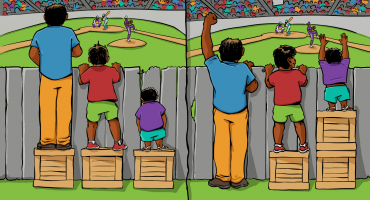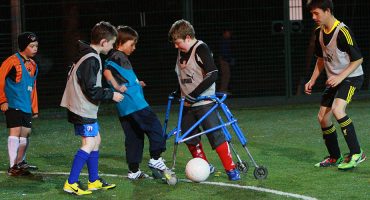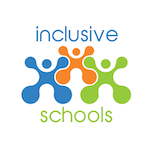
Learning versus getting the work done
We’ve been reflecting on the past week that saw all of our schools shift to online learning and thinking about what we’ve learnt from it.
We have learnt that…
- direct contact with a class teacher, regardless of the mode or frequency, is valued and enjoyed by students. It fosters community and a sense of belonging as well as providing instruction and feedback. It is also reassuring to parents to know that teachers are still there guiding their children as we all adapt to this new way of learning.
- you can scan documents by selecting the camera icon in the Notes feature on an iPhone. Very handy for students wanting to draw, hand-write and return their work to their teachers or for teachers to share a quality scanned document with their students.
- pdf2go.com is a free online PDF editor that teachers or students can use to make a pdf fillable, reducing stress and time wondering how to complete a worksheet.
- converting pdfs with images (often pages from textbooks or work booklets) to Word docs and worse still to Google docs can be a frustrating and time-consuming process when the formatting doesn’t transfer. A good old screen shot, paste and crop provides a quick fix, not forgetting to change the layout options (we usually opt for square text wrapping). Easy when you know how.
- continuing a reactive approach to making documents accessible for individual students is not sustainable nor is it equitable.
Some of our musings …
- We wonder how many of you out there have been grappling with the same challenges to ensure all learners have access to the online materials?
- We wonder how many of you are Learning Support teachers and feeling overwhelmed by the enormity of keeping on top of this task?
- We wonder what is happening in the meantime for the students at home who require support with reading comprehension, picture communication boards, time management, vision, new vocabulary, organisation, motivation?
A brave new world …
There could not be a more relevant time to stop preparing learning materials for the ‘average’ student and start designing learning materials for all students. The first step is shifting your thinking:
- Instead of asking what will I give my students to do, ask what do I want my students to learn?
- Instead of asking what will my students submit, ask how could my students show me what they have learned?
- Instead of giving everyone the same task, offer authentic choices that will excite, motivate and engage all of your learners (a full day of worksheets is not going to sustain engagement).
Don’t think of this as something new but just a different way to apply the collective knowledge in your schools to more efficiently and equitably meet the needs of all of your learners.
We’ve designed this checklist based on the Universal Design for Learning framework to help you when designing learning at home activities
Using-UDL-to-guide-the-development-of-online-learning-v1.11-1Let’s not just shift our way of working in the classroom to the digital space, let’s shift our teaching practices to encourage quality learning at home that goes beyond keeping our students busy.
Our top 5 tips for shifting your thinking:
- Link the learning to an activity students can do at home.
- If you are thinking of sharing a pdf – STOP – ask yourself how your students need to interact with it. Make it a fillable pdf or provide alternatives.
- Offer genuine choice in the way students can go about their learning, taking into consideration the resources and support that they may or may not have at home.
- Keep it personal/stay connected – give individual feedback, record yourself giving instruction, use video conferencing.
- Remember you’re not alone in this! Talk to colleagues or check out a live chat we held on challenges and strategies to deliver inclusive home-based learning.
Sarah Humphreys and Janice Atkin




